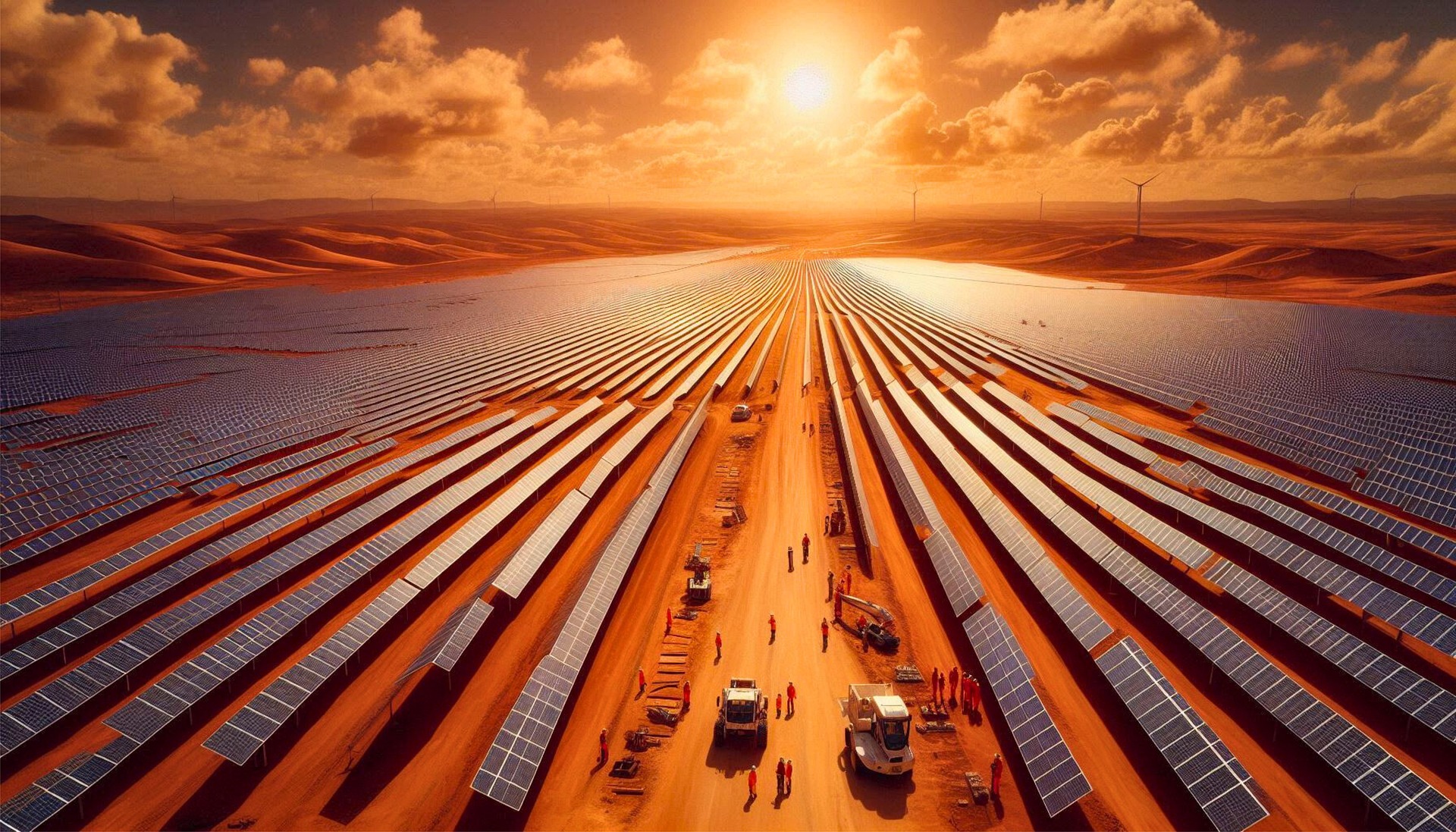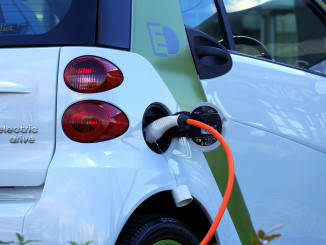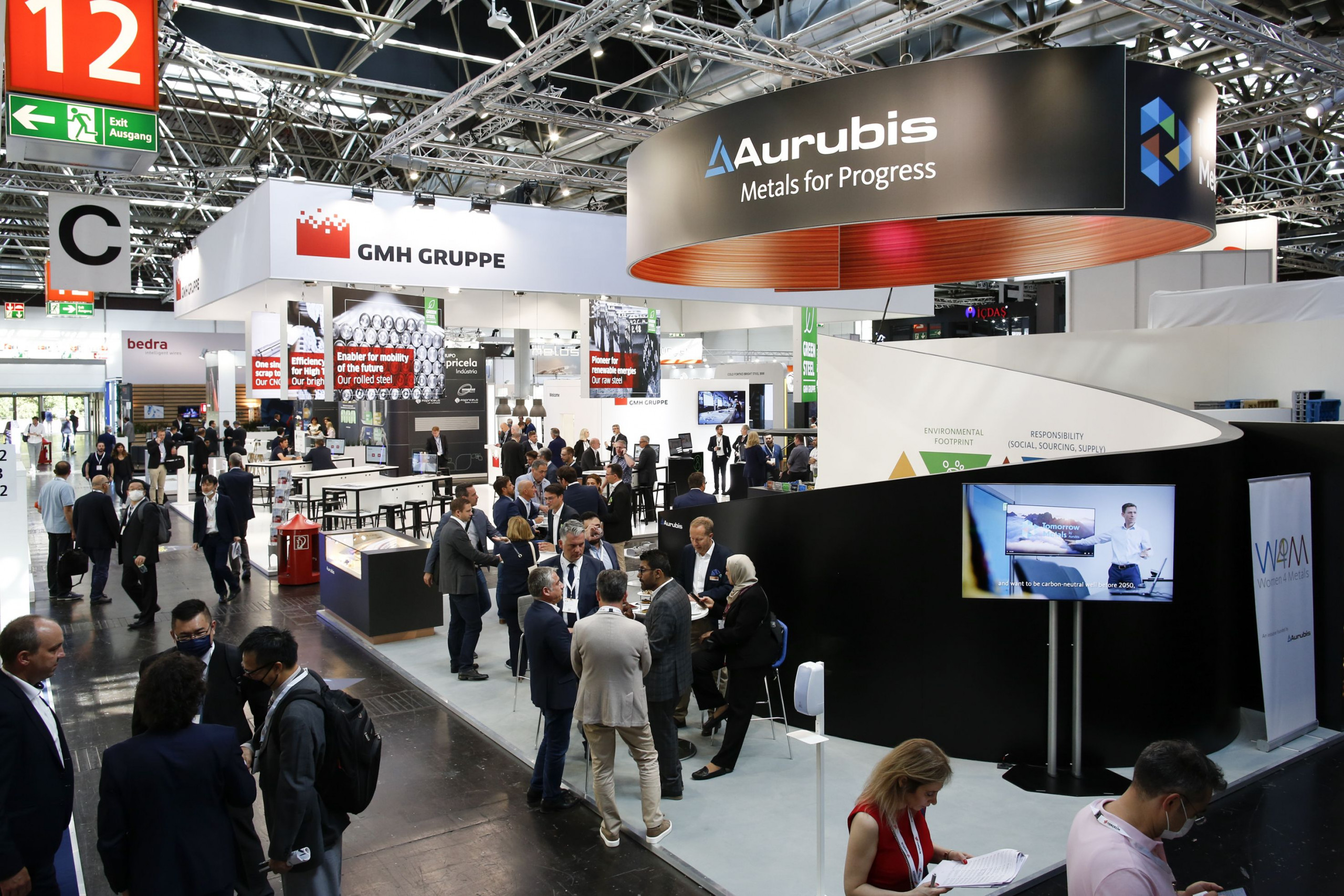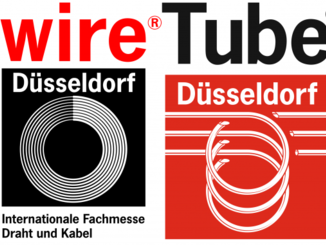
A place in the sun has never been more coveted than it is today – private households and companies are pointing their photovoltaic systems towards the sky in order to fill up with as much renewable energy as possible. Because after a while, your wallet is happy – and so is nature. Or to put it soberly: the use of solar energy is on a record course for a reason. The cable industry must therefore deliver plenty.
The sun is shining: 447 GW of new solar capacity was connected to the grid worldwide in 2023. This represents an exceptional growth rate of 87% for 2023. According to Solar Power Europe, solar capacity broke all previous records. Solar energy thus once again dominates the newly added global electricity generation capacity, Solar Power Europe reports in its “Global Market Outlook for Solar Energy 2024-2028”.

© Pixabay / TungArt7
Pioneer of the global energy transition
Solar energy in comparison: its share of new renewable energy capacity also increased significantly, by 12 percentage points compared to 66 percent in 2022 and by 22 percentage points compared to 56 percent in 2021. “This new record confirms the role of solar energy as an established and still growing pioneer of the global energy transition, with more than three times more capacity installed than all other renewable technologies combined,” summarizes Solar Power Europe.
Citizens and companies are joining in and supporting the ramp-up of solar energy use by installing PV systems. Having your own solar system is now the norm. In addition to small balcony power plants, photovoltaics are also making their contribution to the energy transition on larger open spaces and on house roofs.
China breaks all records
In geographical terms, the largest share of the global market expansion is attributable to China. China, which has been the world’s largest supplier and market for solar products for years, has broken all previous records by adding around 253 GW of new solar PV capacity in 2023, a growth rate of 167%, according to Solar Power Europe.
Meanwhile, the rest of the world installed “only” 194 GW of new solar PV, an increase of 35% compared to the 144 GW installed in 2022. Nevertheless, according to Solar Power Europe, the USA recorded a growth rate of 48% in 2023 with 32.4 GW of grid-connected photovoltaics. Germany installed 15 GW in 2023 – setting a new record for a European country.
Transformation to a solar power
But there could be a new “solar superstar” in some time. According to Benjamin Clarke, Global Markets Manager at Solar Power Europe, Oman is “well on the way” to achieving this. The country is on the right track on its way to moving away from fossil fuels. Oman has a unique opportunity here to show the world “how to manage the transition from an oil and gas power to a solar power”.
The solar industry is therefore a gigantic market of the future – from which the cable industry will also benefit. This is because 80 percent of global investment in clean technologies in 2023 went into photovoltaics and batteries. According to the International Energy Agency’s (IEA) “Energy Technology Perspectives 2024”, global investment in manufacturing in the five key clean technology supply chains – solar PV, wind, electric vehicles (including batteries), electrolysers and heat pumps – increased by 50 percent to US$ 235 billion in 2023, up from US$ 160 billion in 2022.

© Pixabay / ThePictureBox
Exposed to weather-related adversities
However, the solar industry cannot grow without the essential solar cables that connect the solar modules to the inverters and other system components. The right size is also important, as the diameter of solar cables depends on the power consumption of the systems. If the cable cross-section is larger, more electricity is transmitted. Cables that are too thin can lead to dangerous overheating.
Different types of cable are required. This is why the portfolio of “Helukabel” – a manufacturer of wires and cables – ranges from DC string cables for connecting solar panels to low, medium and high-voltage cables for connection and grid feed-in to fiber optic and data cables for networks and communication. The company also offers integrated cable management systems consisting of connectors, plugs, conduits, cable glands, housings and tools.
However, solar cables are exposed to considerable weather-related adversities. Helukabel therefore uses special jacket materials and insulating materials that are “not only flame-retardant and halogen-free, but also resistant to ozone, UV, acids and alkalis, hydrolysis and ammonia”.
Investments in expansions
Battery storage systems are often used to store energy. “They can absorb the energy generated in a photovoltaic system during the day and make it available for use at night when the sun is not shining. In this way, users can optimize the efficiency of their system, increase the proportion of self-consumption, minimize peak loads and further reduce dependence on fossil fuels,” explains Helukabel. Power and data cables are – of course – also required for battery storage systems.
The cable industry is continuing to develop in order to meet market requirements. For example, the Lapp Group is investing a sum in the high double-digit million range in a comprehensive expansion and modernization of the logistics center in Ludwigsburg. On the one hand, new halls are being built on the existing site, “and on the other, the entire layout is being fundamentally optimized and the level of automation significantly increased,” explains Lapp. The construction work is due to be completed in 2026.
Growth through balcony systems and large-scale projects
Holosolis is also investing and, according to the company, will build Europe’s largest photovoltaic module factory in Hambach in eastern France. A state-of-the-art 5 GWp factory is being built, which will start production in 2025. Holosolis will produce 10 million PV modules per year, which corresponds to the energy requirements of 1 million households.
Investments that could also pay off in terms of large-scale projects: the world’s second-largest photovoltaic power plant has now been built in China. CHN Energy has invested the equivalent of almost 1.6 billion euros in a 3-gigawatt plant, which is expected to generate 5.7 terawatt hours per year. Large projects such as these, but also smaller “balcony projects”, are likely to help solar energy – and therefore the cable industry – to grow further in the future.
Web:
www.wire.de



